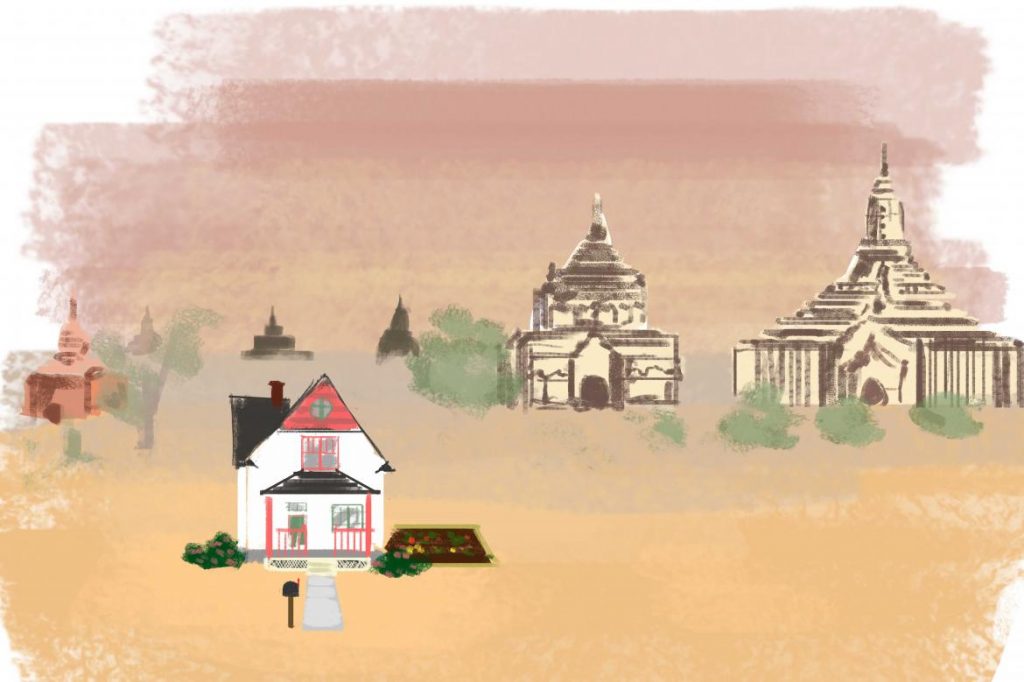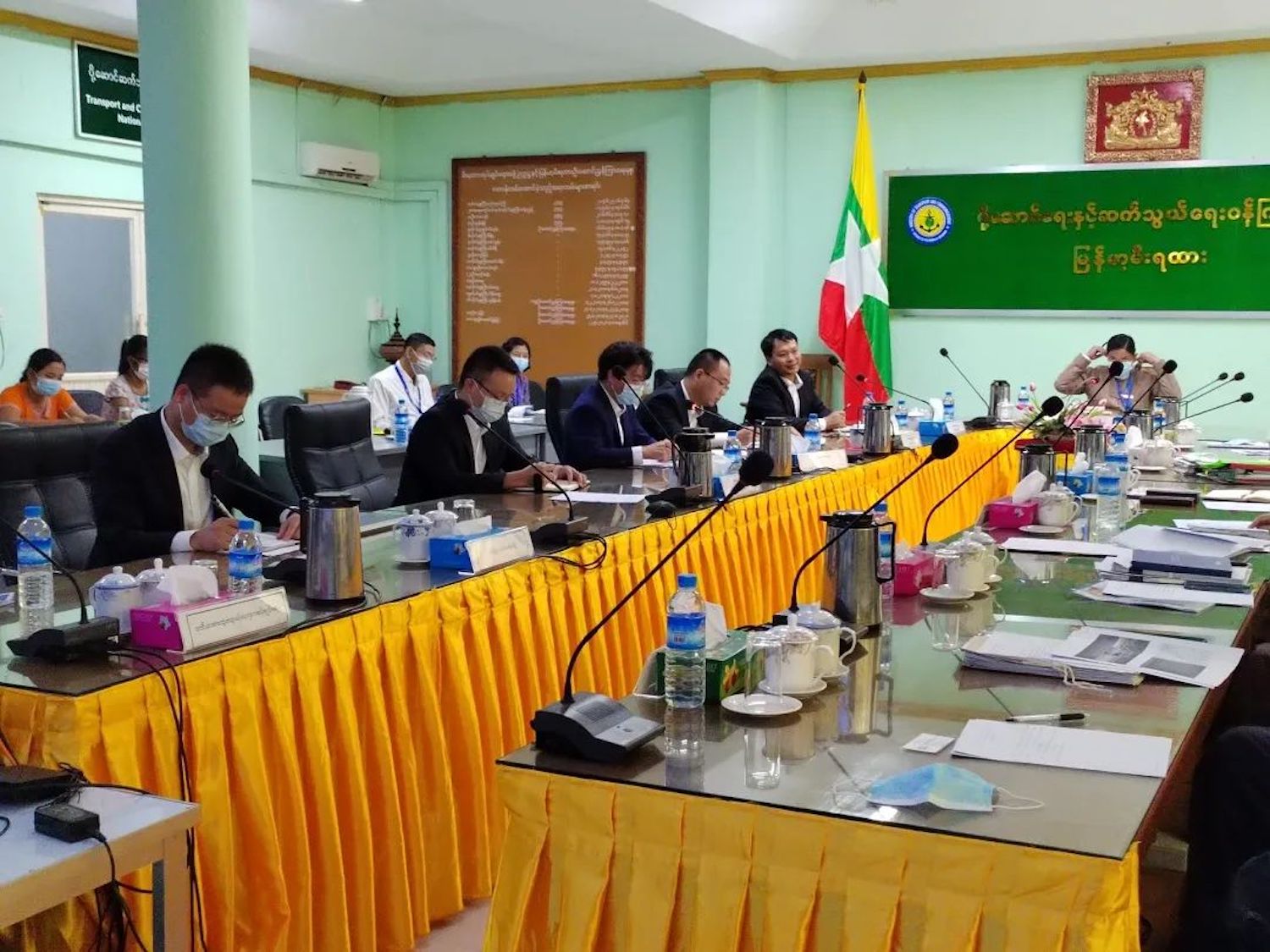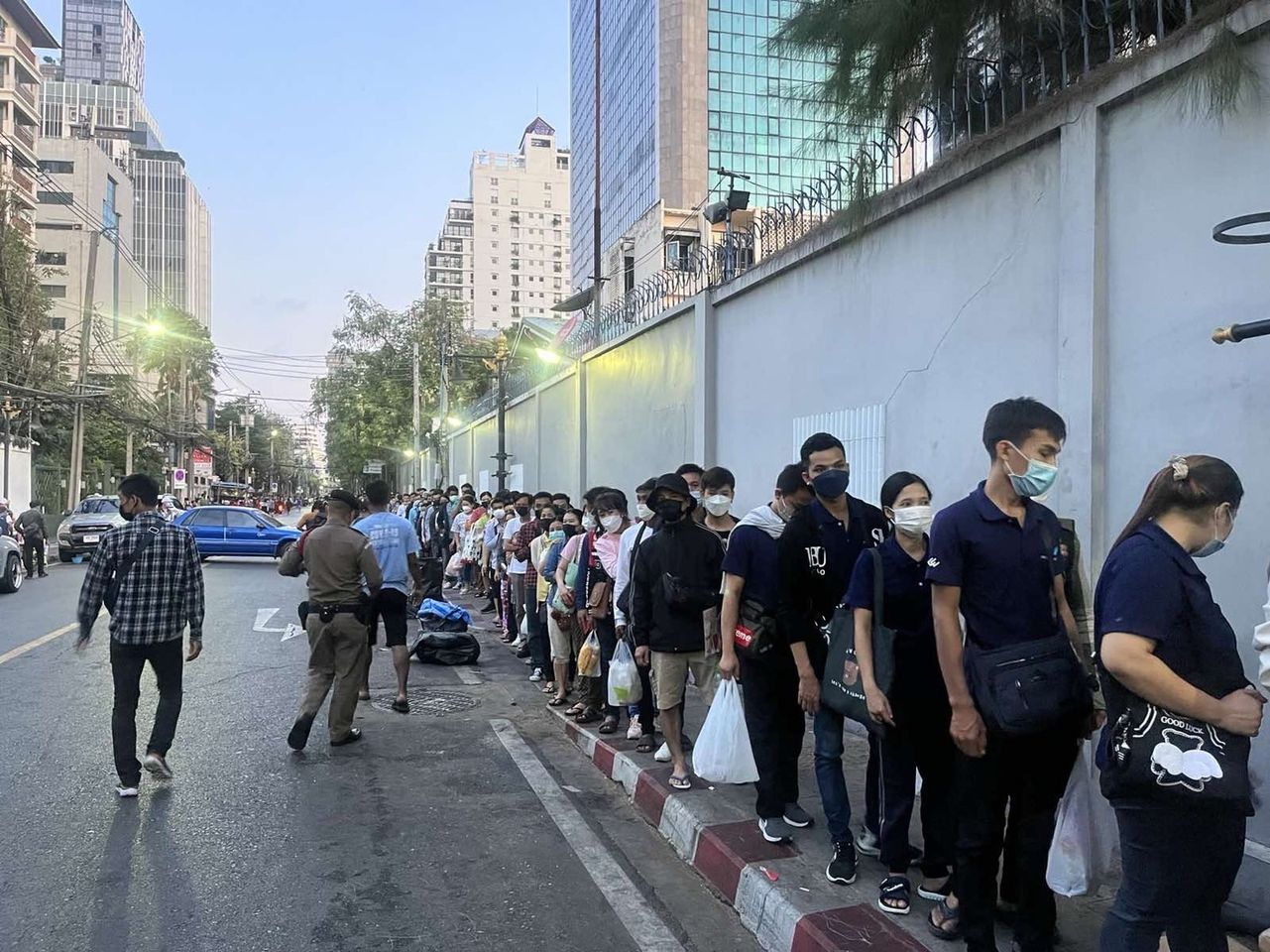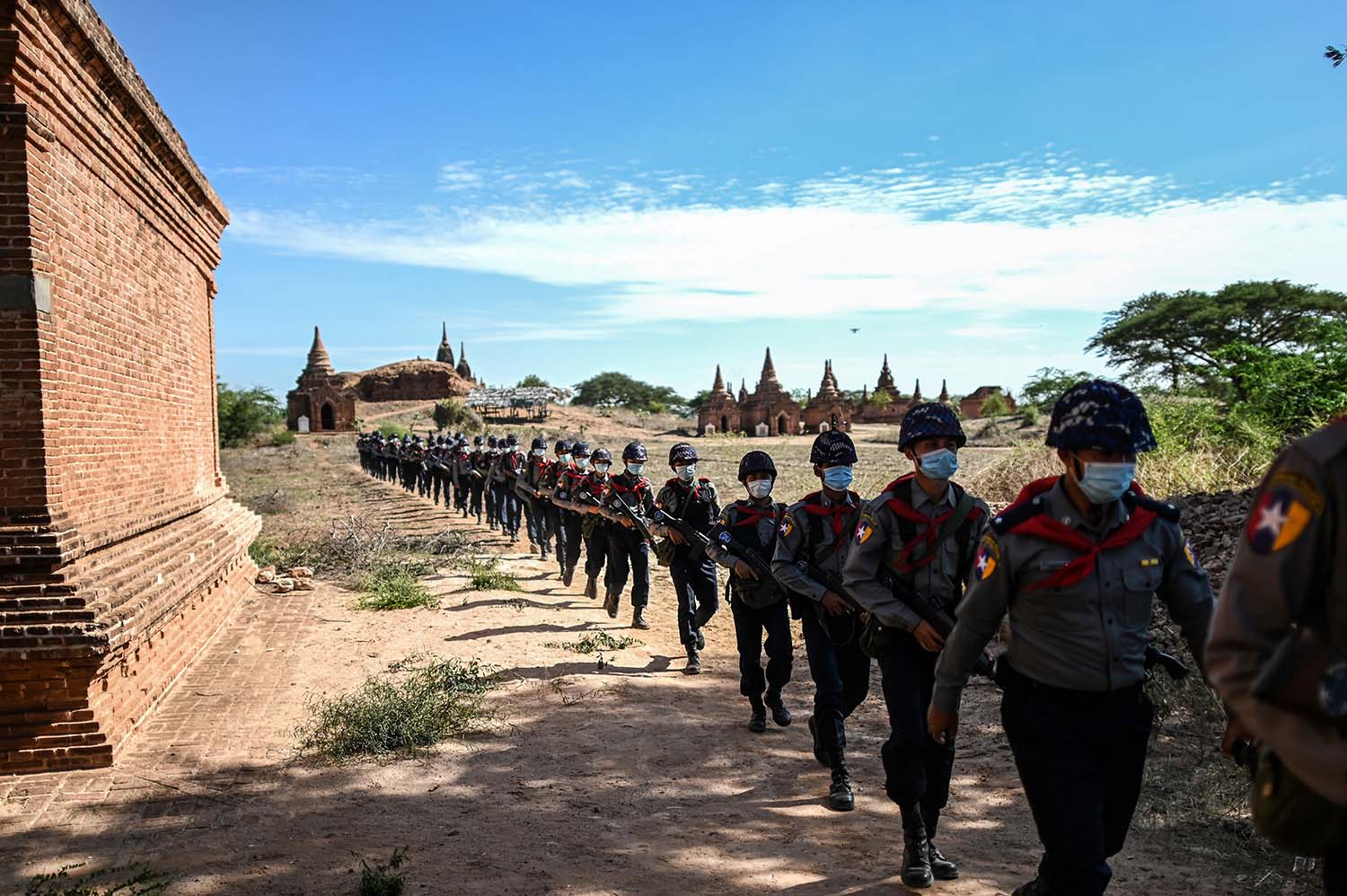A small group of expats have made a new life for themselves at Bagan, and they advise visitors to forget the tourist trail and take-in the area’s history.
By JARED DOWNING | FRONTIER
“You cannot rush Bagan,” Mr Petr Drhlik advises visitors to his adopted hometown.
Drhlik, a 47-year-old from the Czech Republic, recommends cutting the Lonely Planet tour short, and hiring an e-bike to explore the dusty side roads and farm tracks. After two years living in Bagan, this remains his favourite pastime, and he always finds something new.
“There are many places, small pagodas. You can just be alone, think about the history; what happened a thousand years ago in that place, and why they made this,” he said of the sprawling site, which thrived as the capital of the Bagan Empire between the 9th and 13th centuries.
Yet the customers of Drhlik’s river tour business rarely take those quiet moments, he said. Most roll in, spend a few days gobbling up as many wonders as they can, and then head out to their next destination.
Support more independent journalism like this. Sign up to be a Frontier member.
But a handful of foreigners have chosen to stay, carving out lives of their own in the ancient, dusty town, running a bar, working at the backpacker hostel or, in Drhlik’s case, looking after his tour boats and puttering around the garden.
“What I keep telling the tourists is that there’s something completely special about this weird desert wasteland,” said Ms Jules Saarikoski, who works at the desk of the Ostello Bello hostel. “You can let yourself get lost in a place with nothing but sand and temples.”
After a long backpacking stint Saarikoski more or less stumbled into Bagan three months ago because she needed a job; although since then she has turned down a transfer to comparatively glitzy Mandalay.
In theory, it was the ideal place to get some independent studying done and contemplate her life path. In practice, she has found herself more often in a beer station or tea shop with her handful of expat and local friends, trying to figure out where the hours go in a place that, by rights, should have nothing to do.
One of her co-workers has thrown himself into Myanmar culture, learning the language almost fluently and becoming something of an expert on traditional dance. Others aren’t as invested in Myanmar itself, and simply choose to live like Rick from Casabalanca. quietly serving drinks and giving advice to passers-through.
Saarikowski said it was strange, after many years of backpacking, to find herself on the other side of a check-in desk. She said in general, backpackers seem to be getting better; that is, more aware of Myanmar’s political and economic issues and more sensitive to local customs.
“But also while I was backpacking, and now hearing the same things from them, I know how much of a jerk I must have been sometimes,” she said.
She currently has no plans to leave, although she takes special care to not let the history and grandeur of the place fade into the background of her routine.
“There’s this one temple outside my house with a golden, decorated tip. I see it every day, and it’s still amazing,” she said. “When you live somewhere, you become numb to a place, and you stop realising how beautiful it is. I haven’t let myself do that.”
One does not actually need to live in Bagan to make money there, Drhlik explained. It would be easy enough for entrepreneurs like him to merely check in every few months. Nevertheless, he chooses Bagan over a life in Europe with his family, settling for returns every few months, or to fly his three boys to Asia for extended holidays.
The ex-accountant said he prefers the concrete pleasures of his boats, his garden and the ruins to paperwork and excel sheets. He also appreciates that, unlike other major sights in Southeast Asia, Bagan is relatively underdeveloped and unrestricted.
But mostly, he said there is a mysterious, almost hypnotic charm within the endless pagoda fields.
“In Europe I am a different person,” he said. “I like to party, I like to go out with friends, I have to be doing something.”
As for Bagan’s hidden gems, Drhlik is tight-lipped: “If a tourist asks me for my secret places, I say, ‘Come on, guys. Secret place means it’s secret.”
Instead, he said: See four or five pagodas, get a sunset selfie, and then, like he does, strike out into the distances.
“Turn right, turn left, stop, and watch,” he said. “In Bagan, you still can find your own place, a place which will talk to you.”







